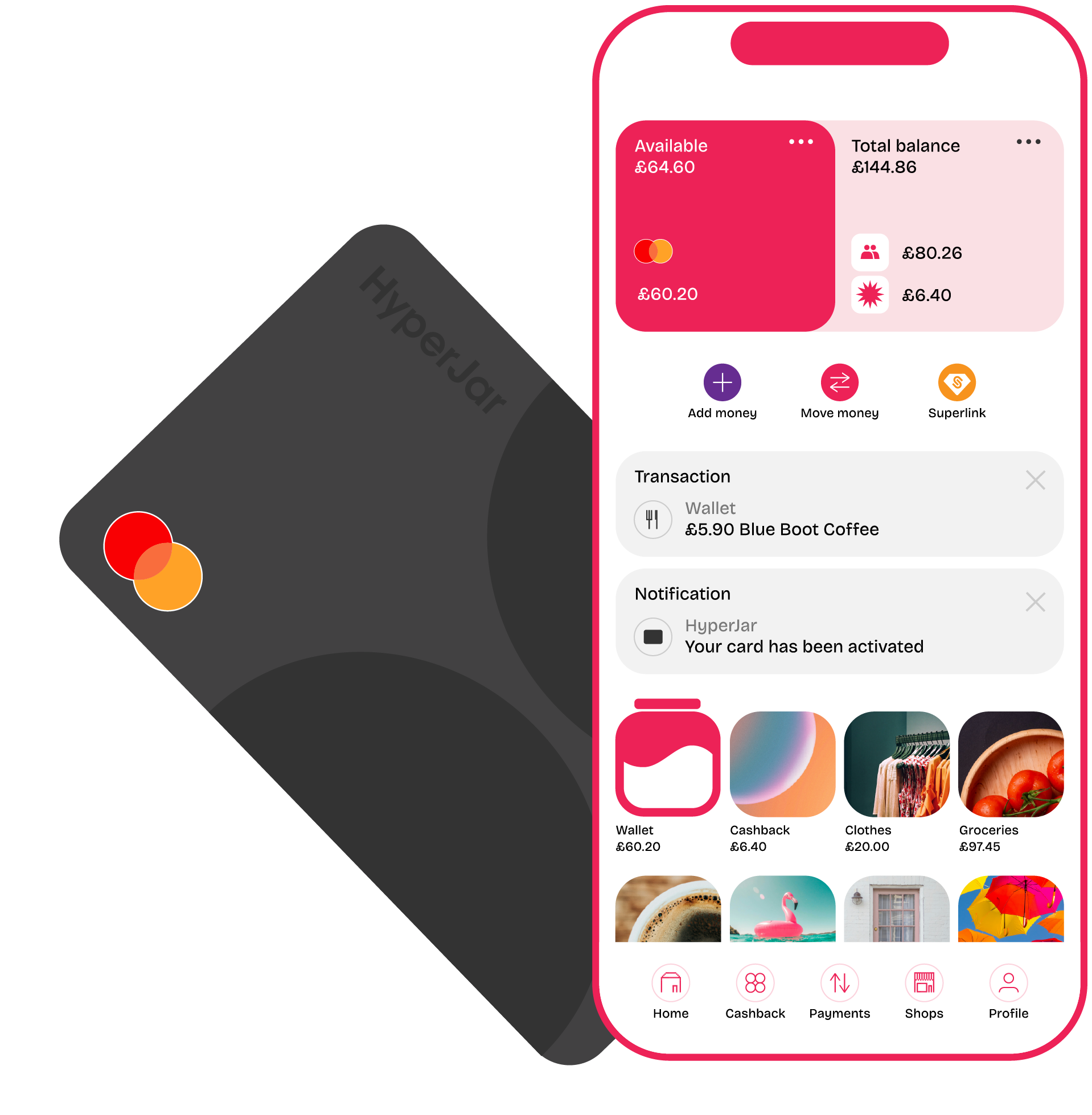If you look at your bank account regularly, you may have noticed that some transactions are labelled ‘pending’. For example, if you make a purchase with a debit card or credit card, it will almost always show as pending when you view your account online or in a mobile banking app.
But what does a pending transaction mean?
This article will dive into pending payments in detail, looking at what they mean, why they are important for account security and how long they take to change status.
While the money is temporarily on hold, it affects your available balance. This could make it more difficult to plan your spending if you’re not exactly sure what it means. By explaining everything you need to know about pending payments, it will be easier to work out what’s really available in your account so you can #SpendLifeWell.
What is a pending transaction?
A pending transaction is a payment that has been authorised but not yet finalised. When you spend with a debit or credit card, the transaction often appears as "pending" on your account. This means the merchant has verified your card, but the funds haven't been officially transferred.
Pending transactions typically become finalised within a few business days. Until then, the amount becomes unavailable for spending, so it’s important to act as if the money has already left your account so that you don’t allocate it for other things.
Pending transactions are common with card payments but can also occur with online transfers, or other types of transactions that require a processing period. For example, most online banking transfers are processed immediately but if it’s someone you haven’t paid before, it could take a bit longer. Both your bank and the recipient's bank go through multiple stages to validate and process the transaction and protect both parties against fraud or illegal activity. Usually these pending transactions will clear in a few days, but while the funds are pending, you can’t use them to buy anything else.
How long do pending transactions take to complete?
The time it takes for a pending transaction depends on how complicated it is to verify that the transactions are genuine.
If the pending payments are related to online banking, the factors in how long it takes for pending transactions to complete are:
- Type of transfer: As the name suggests ‘Faster Payments’ transfers are generally quicker than standard transfers.
- Banks involved: Transfers between banks within the same banking group might be faster.
- Transfer amount: Larger transfers might undergo additional security checks, delaying the process.
- Bank processing times: Individual banks have their own processing procedures.
If the pending payments are a result of using your credit or debit card, you need to take these considerations into account:
- Merchant processing time: How quickly the merchant submits the transaction for payment.
- Bank processing time: The speed at which your bank processes the transaction.
- Transaction amount: Larger transactions might take longer to clear.
- Weekend and holidays: Transactions made on weekends or holidays can take longer to process.
Depending on the type of transaction and the parties involved, pending transactions can take a few hours to a few days to complete.
Why are pending transactions important?
Pending transactions act as a layer of security for the money in your account. Here are some benefits of pending transactions:
- Extra protection
All transactions receive standard security checks, but while a transaction is pending, it’s essentially receiving extra attention. It makes sure the money is being sent by an authorised person, and that it goes to the correct account.
- Fraud prevention
The pending period gives banks and financial institutions time to analyse transactions for potential fraudulent activity. Advanced fraud detection systems can flag suspicious purchases during this window.
- Financial management
If there were no pending transactions, you’d find that money would leave your account two to three days after you bought something. Pending payments provide a more accurate picture of what you have to spend so you avoid getting withdrawn or going into debt.
How HyperJar keeps your money secure
While pending transactions help to prevent fraud and keep you safe when you shop and make transfers, HyperJar offers other payment control features to protect you and your hard-earned money. There’s not just one layer of security with HyperJar, there are multiple features that layer up to ensure your money is safe. The most straightforward is the ability to freeze the card instantly via your app, so if you ever lose track of your HyperJar card you can protect yourself straightaway. If you find the card, you can unfreeze it just as fast.
Spending alerts are sent to your phone every time the card is used, a great early warning system for any suspicious transactions. Freezing the card works instantly to stop any further illegal use.
HyperJar also allows you to separate your money into different Jars, and you can choose to which Jar the spending card is linked. If you’re saving up for things like a holiday or house bills in separate jars, these won’t be connected to your spending card unless you choose to. So if the worst happened and your card got into the wrong hands, only money in the jar connected to your card can be spent.
Finally, as HyperJar is a prepaid card, this provides another limit as there is no overdraft facility. If your card was ever stolen, no-one could spend more than you have in the jar as anything above that limit would be declined.
Get your HyperJar debit card now
{{cta-component}}








.jpg)

.jpg)



.jpg)

.jpg)

.jpg)

.jpg)
.jpg)



.png)












